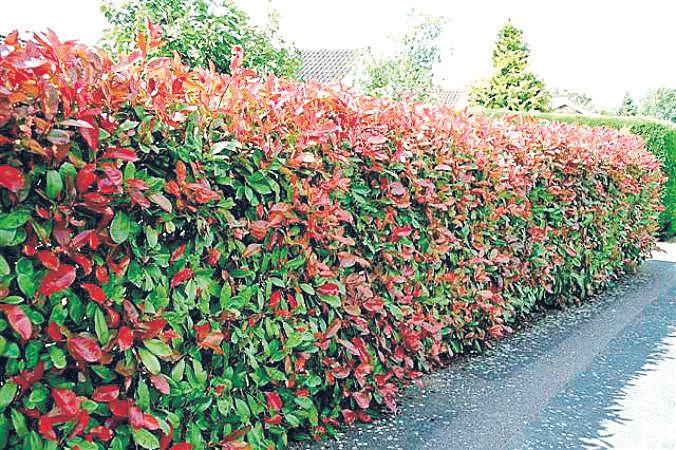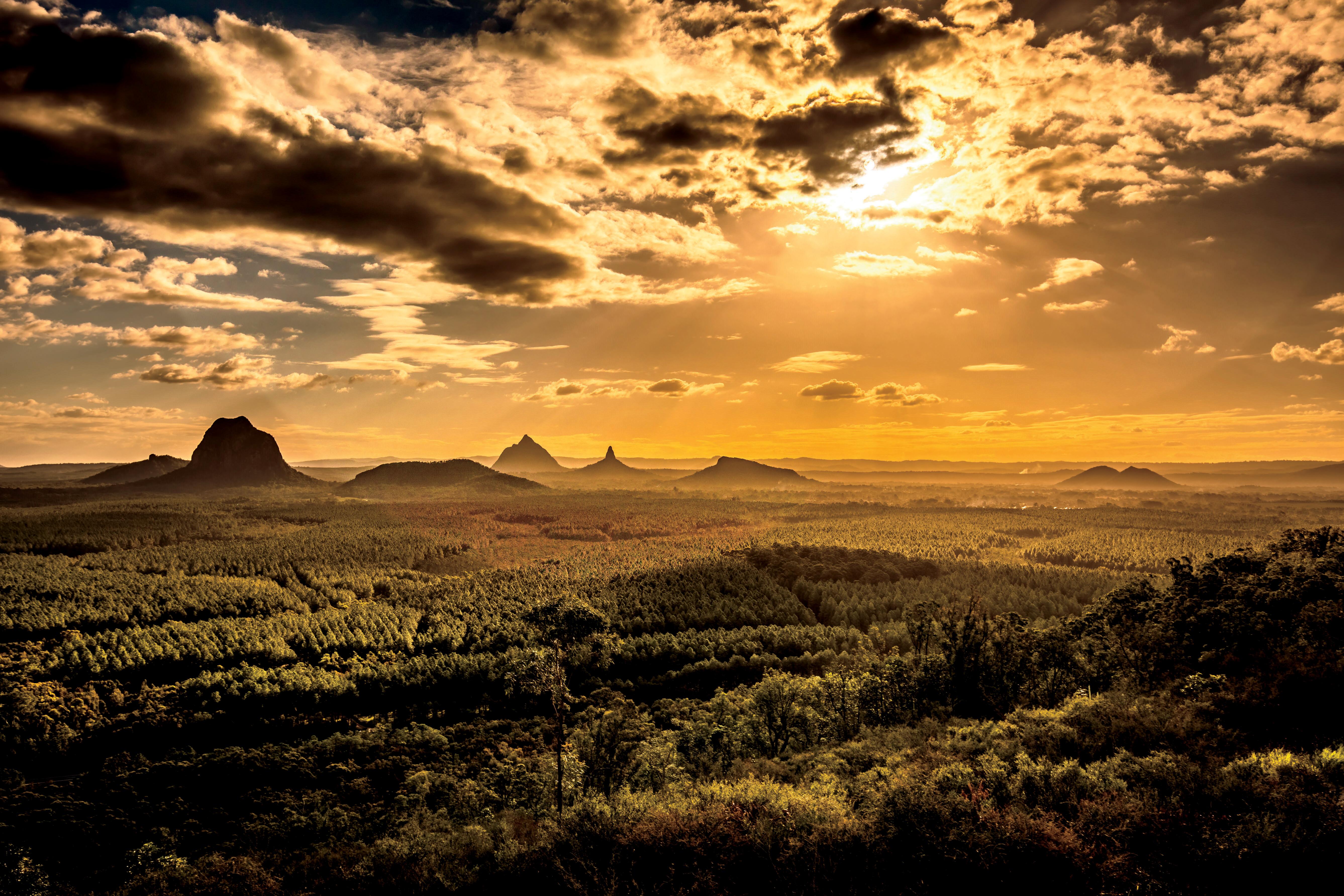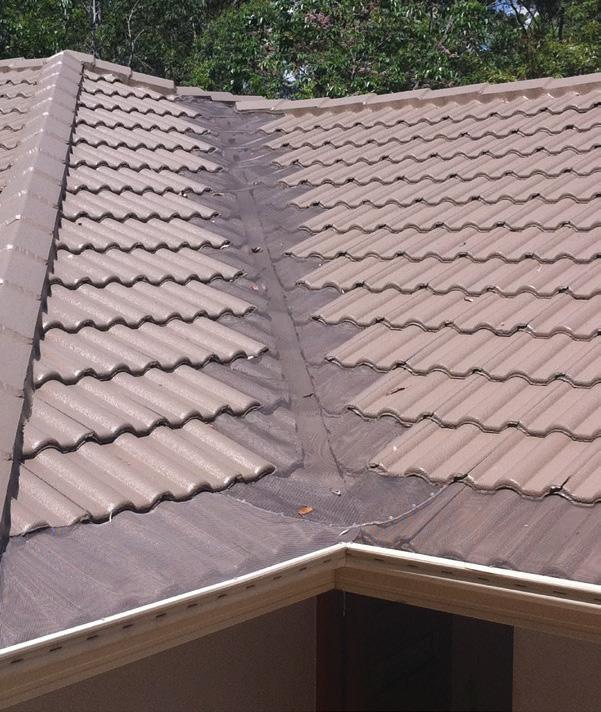
3 minute read
Backyard wildlife Opportunity knocks for producers
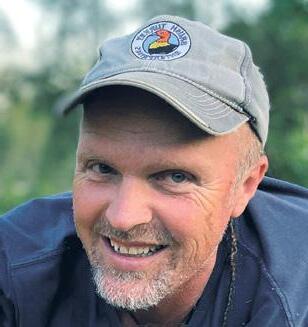
AROUND the world pollinators are under threat. The most well-known to us is the Honey Bee, due to their importance in pollinating many of our crops and of course the sweet delight that is honey. However, Australia is also home to more than 1500 species of native bees and then there are many other pollinators including species of butterflies, moths, beetles, weevils, wasps and flying foxes to name a few.
Quite a few years back on Facebook, a story did the rounds that was fake but attributed as coming from David Attenborough. It proposed that we assist starving Bees by putting out little containers of sugar water. This was a classic case of social media pop environmentalism at its worst, suggesting that we can solve the problem in 5 seconds by putting a spoon of sugar out for the bees, before quickly getting back to our coffee and screen looking for the next big cause. The irony of the sugar solution is the damage that the production of sugar does to the environment –including bees!
Surprise, surprise, bees need flowering plants for all their pollen, nectar, resins and waxes so as to survive and thrive. To produce sugar we clear or have cleared vast areas of forest that used to produce a mix of flowers throughout the year and then replaced the forest with a grass (sugar cane) that we then have to put through the agro-industrial process to produce an energy source that is not only questionable in our diet, but a very poor substitute for the nectar from flowering plants.
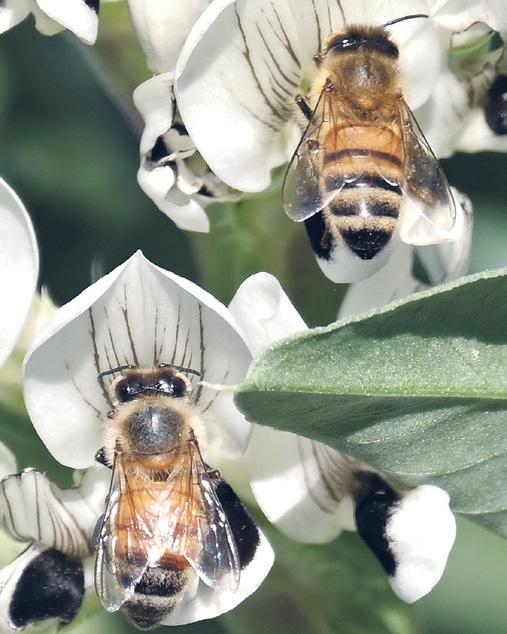
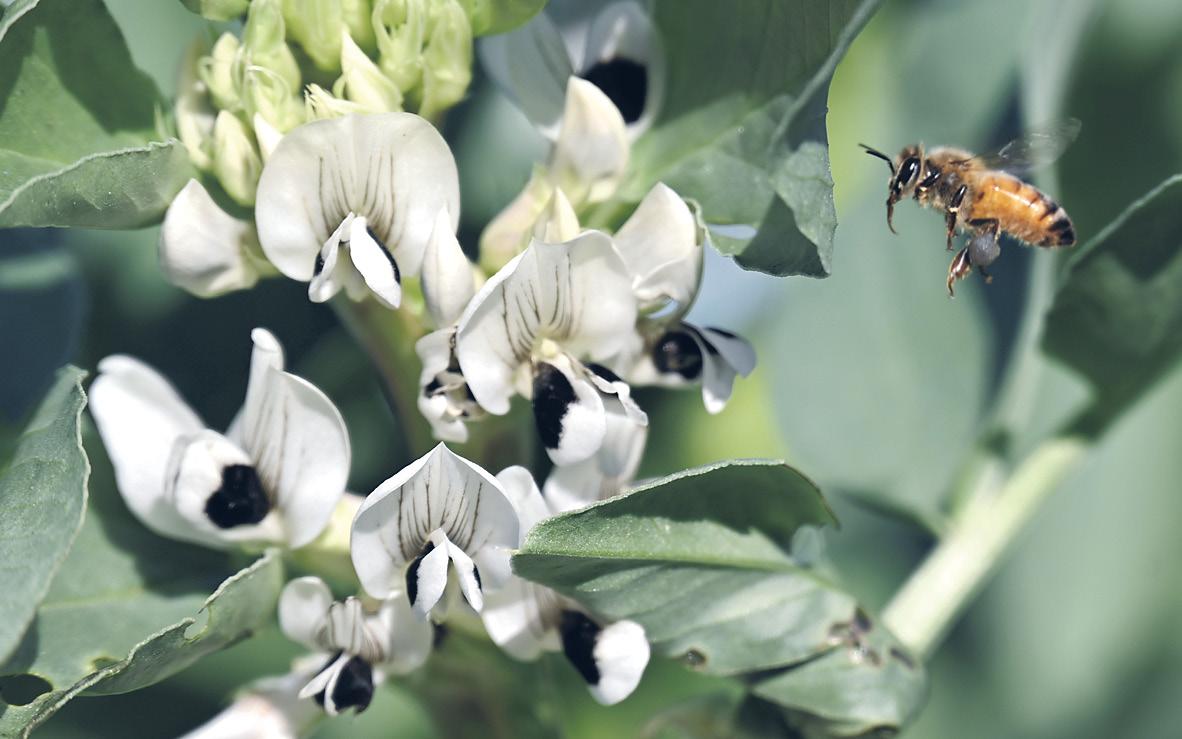
To actually save bees and other pollinators, stop spraying insecticides (they do kill bees) and plant a variety of native groundcovers, shrubs, vines and trees in your gardens and throughout the wider landscape – it’s really that simple ... oh yes and remember to be wary of pop, easy solutions on Facebook (but I don’t have to tell you that as you’re sensibly reading this paper).
FOOD lovers are set to rejoice when Roma Street Parkland in Brisbane becomes the inner-city location for a new food festival with something for every palate.
Providore Park is Brisbane’s newest gourmet food and drink event that will showcase an array of Australian makers and creators for an alfresco weekend of gastronomic wining and dining from 8 to 9 July 2023 and expressions of interest are now being sought for stallholders to showcase their talents to a motivated and appreciative audience for the inaugural event.
Providore Park is keen to hear from all gourmet food and beverage producers locally and across Australia.
With around 15,000 attendees expected to sample, swirl, dollop and slurp everything from craft brews and artisan drinks to freshly shucked oysters and gourmet cheeses, it all points to an exceptional weekend of good times, great wining and dining and a garden party ambience. Free entry and ticketed activations such as pop-up picnics, croquet club and VIP lounges will elevate the experience and Providore Park will be a must-attend fixture on Brisbane’s annual event calendar. Stallholder fees are $1,100, which includes a 3x3m marquee with event grip flooring, overhead light, trestle table and tablecloth, fascia sign, waste services and power. providorepark.com.au
Hedges are a useful and attractive way of defining boundaries, providing privacy, scenic amenity and great for the wildlife. What we tend to think of as a traditional Hedge is a one species planting of the same tough, readily pruned, bushy to the ground species that is basically a living fence and not much more than that. However this is a relatively recent invention of our production line landscaping and the Hedges of old contained a diverse range of species and resources for both humans and wildlife. Some of the great local plants for creating hedges include most of our Lillypilly’s and Myrtles such as Creek Lillypilly - Acmena smithii, Blue Lillypilly - Syzygium oleosum, Silky Myrtle - Decaspermum humile, Glossy Acronychia - Acronychia laevis, Plum Myrtle – Pilidiostigma glabrum and Grey Myrtle – Backhousia myrtifolia, Scrub Cherry - Syzygium australe (dwarf forms). However there are so many more including Common AspenAcronychia oblongifolia, Muttonwood Myrsine variabilis, White AlderCallicoma serratifolia, Blueberry Ash -Elaeocarpus reticulatus, Velvet LeafCallicarpa pedunculata, Bottlebrushes - Callistemon sp. just for starters. Hedge plants are great for you and the environment, so don’t beat around the bush and get hedging.
